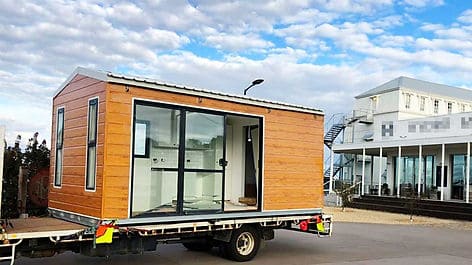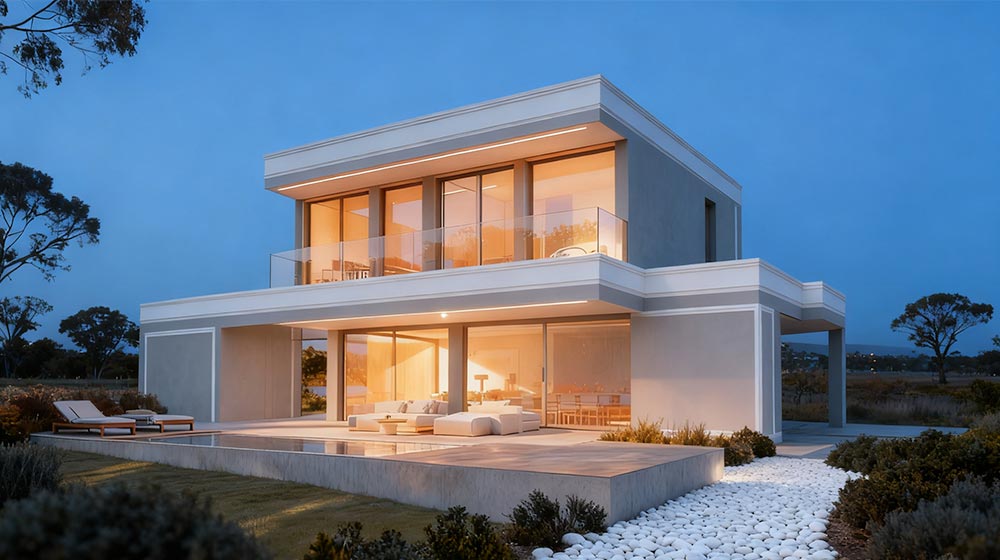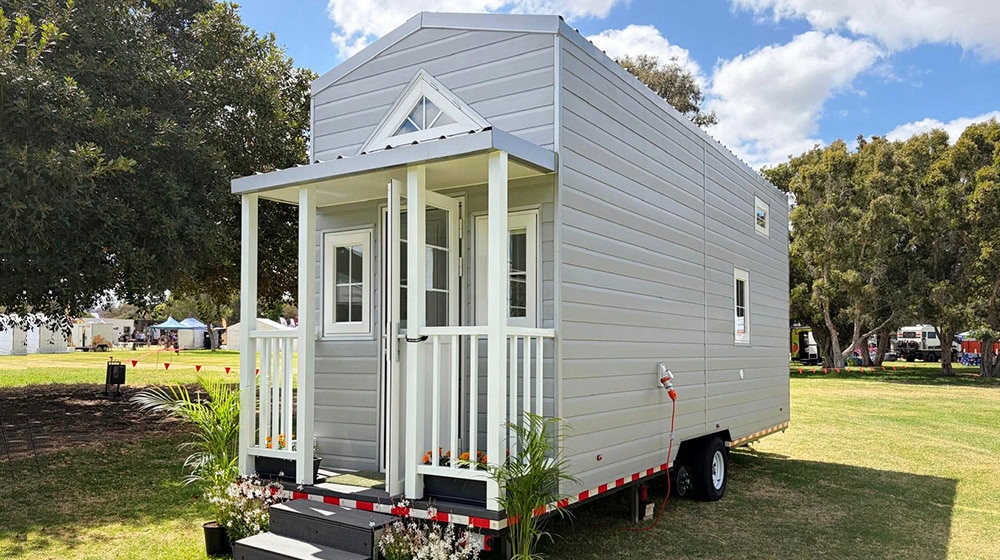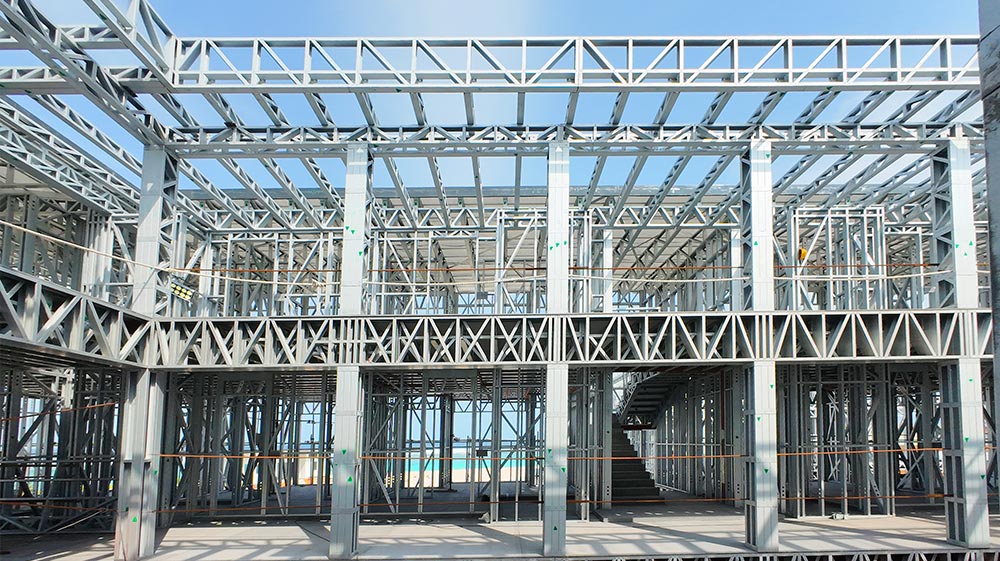
A foldable house is a type of prefabricated building designed to collapse into a compact form for easy transport and then unfold into a full-sized, functional living space. These homes offer an affordable, flexible, and quick solution for people looking for alternative housing options. Currently, such a housing option is rapidly taking over the portable prefab house market, and it is essential to understand its benefits and features for both customers and manufacturers.
Understanding Foldable Houses
Foldable houses are modern prefab modular homes that use collapsible structures to enable fast setup, transport, and storage. These homes are different from standard container houses, using new techniques and designs to offer convenience and flexibility.
How Foldable Houses Work

A foldable house is made up of sturdy panels for the floor, walls, and roof that are connected by hinges or special joints. When folded, the building compresses into a compact box, which uses less space for shipping and storage. Once it arrives at its destination, the house is unfolded and secured within hours—much faster than building a traditional house or even assembling a regular container house.
Most foldable houses are made in factories. They often come with prefabricated interiors such as floors, walls, lights, and even bathrooms already in place. Utilities like plumbing and electrical wiring are built into the structure or easily connect after unfolding.
Key features include:
- Heavy-duty metal frames for safety and strength
- Good insulation and soundproofing
- Integrated utilities
Differences from Container Houses

Foldable houses and container houses share some similarities, but several differences set them apart.
Container houses are usually made from recycled shipping containers. While strong, they usually require more work at the construction site, including cutting, welding, and fitting insulation and utilities. The container itself is not designed to fold, so shipping these houses takes up more space.
In contrast, foldable houses use a special design that allows the panels to collapse for transport. This makes shipping more efficient since several folded houses take up the same space as one regular container house. Assembly of a foldable house is quicker, often needing only a small team and basic tools. Built-in features and factory-installed systems minimize work at the site.
Advantages and Considerations
Foldable houses offer unique benefits that set them apart from traditional homes. Their design brings flexibility, speed, and efficiency while using strong materials like steel structures to provide safety.
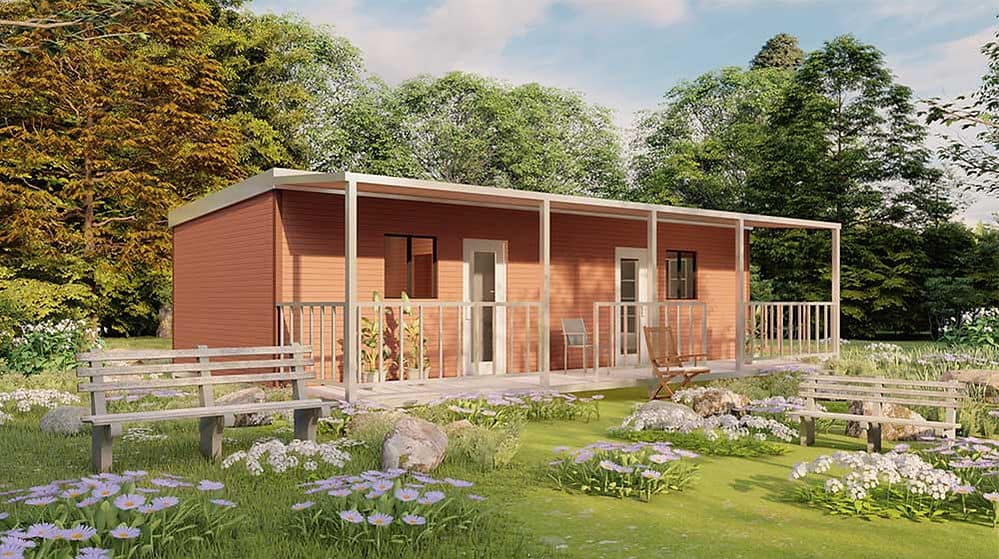
Portability and Quick Installation
A main advantage of a foldable house is how easy it is to move and set up. The house can be compacted for transport, using less space and lowering shipping costs. Once on site, it unfolds and is ready for use in just a few hours. The setup process often requires less heavy machinery than other modular buildings.
Key points:
- Compact design saves time and money during transportation.
- Useful for settings with changing needs or locations.
- Rapid installation reduces on-site labor and speeds up projects.
Cost-Effectiveness
Foldable houses use prefabricated panels and steel frames, which help control costs. Factories build much of the interior, such as walls, floors, and sometimes even lighting or plumbing, so there is little work left to do after delivery.
Shipping is less expensive because the house takes up less space when folded. Maintenance and utility costs tend to be lower as well, thanks to efficient insulation and sturdy materials.
Durability and Strength
A quality foldable house often includes a steel structure, which offers high strength and resistance against fire, wind, and earthquakes. The use of steel and other durable materials provides a stable living environment.
Most models seal tightly when unfolded, helping protect against weather and pests. Foldable houses are built in controlled factory settings, which can reduce errors and raise the overall quality.
- Steel frames add strength and extend the lifespan, often up to 10-30 years.
- Multi-layer walls help with soundproofing and temperature control.
- Materials are chosen to resist corrosion and wear in various climates.
Space and Energy Efficiency
Foldable houses are designed for smart use of space. Walls, floors, and roofs fold out and lock into place, creating a full living area from a small footprint. Many units feature built-in storage, furniture, or retractable walls to maximize usable area.
Energy efficiency is another key consideration. Thick insulation and sealed doors and windows help keep energy costs down. Modern foldable homes use efficient lighting and appliances.
Benefits include:
- Lower heating and cooling bills.
- Less waste during construction and use.
- Adaptable layouts that fit different needs, from offices to family homes.
Applications and Use Cases
Foldable houses and container houses offer flexible solutions for many needs. These structures provide modern options for living, working, and temporary shelter in different settings. Their portability and easy assembly make them valuable in multiple fields.

Residential Living
Many people use foldable houses as permanent homes, small vacation cabins, or backyard guest rooms. These houses are popular with homeowners who want cost savings and flexibility in their living spaces. A foldable house can be set up as a single unit or grouped together for a larger family home. Features such as solar panels and rainwater collection can make these homes more eco-friendly and cheaper to run.
Commercial and Office Solutions
Businesses use foldable houses for quick office setups, showrooms, cafes, or pop-up shops. These structures are easy to move, so they are well-suited for temporary or seasonal business locations. Event organizers often choose container house offices for festivals, construction sites, or mobile clinics because they are fast to deliver and assemble. Office units can include desks, Internet access, heating, and air conditioning.
Modular options let owners add extra rooms or move entire units without costly renovations. This makes them cost-effective for new or growing businesses.
Temporary and Emergency Housing
Foldable houses and container houses are often used for disaster relief and emergency situations. Their main advantages are fast deployment, low cost, and the ability to provide shelter in many locations.
Aid groups can transport large numbers of foldable houses to regions hit by floods, earthquakes, or fires. Shelters can be set up within hours, offering safe and private spaces for families. Many designs allow for stacking or connecting units to create small, organized communities.
These structures are also popular in remote work sites and for workers staying in isolated areas, such as mining or oil camps. Their durability helps protect against harsh climates, while the compact design makes transportation and storage simple.
